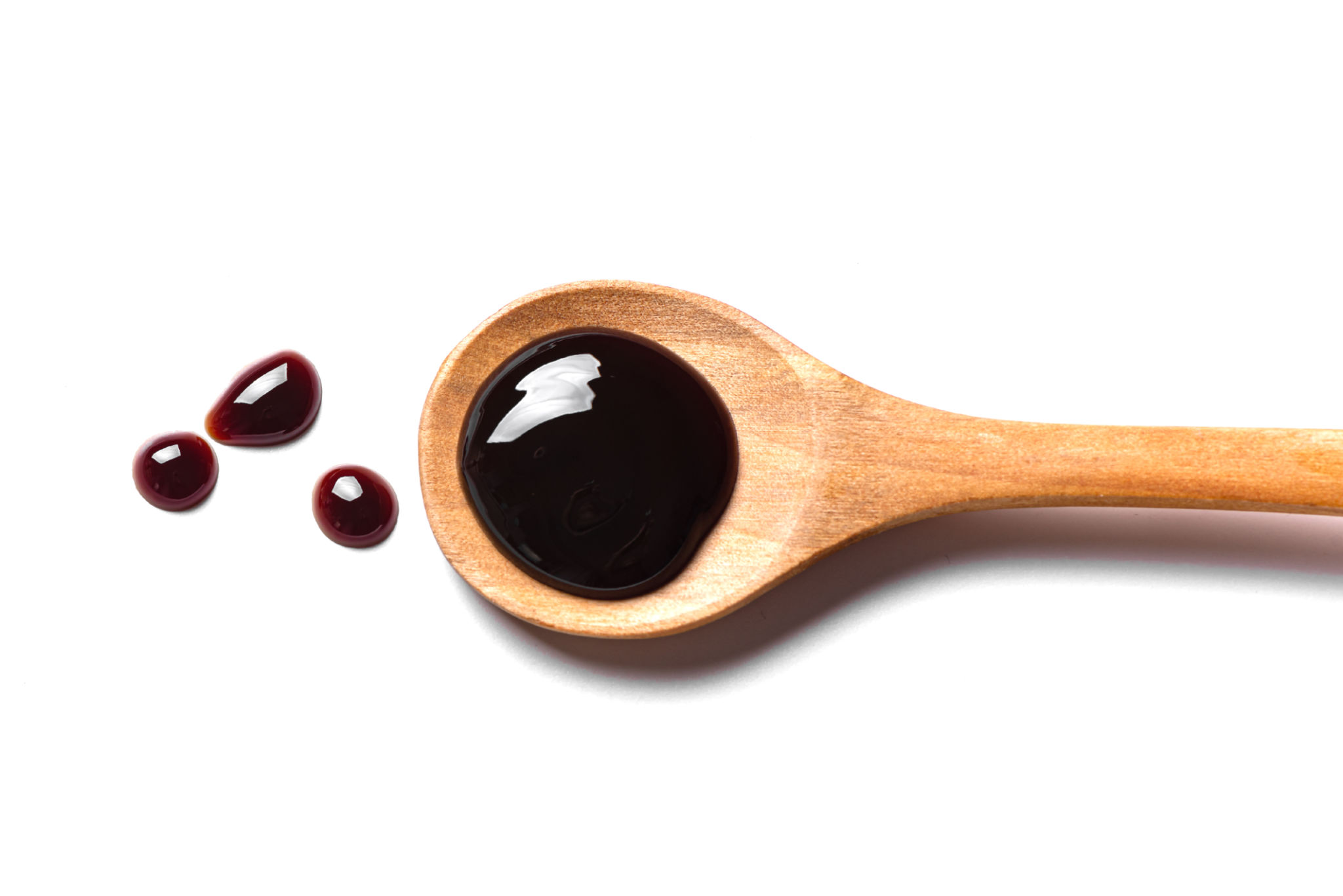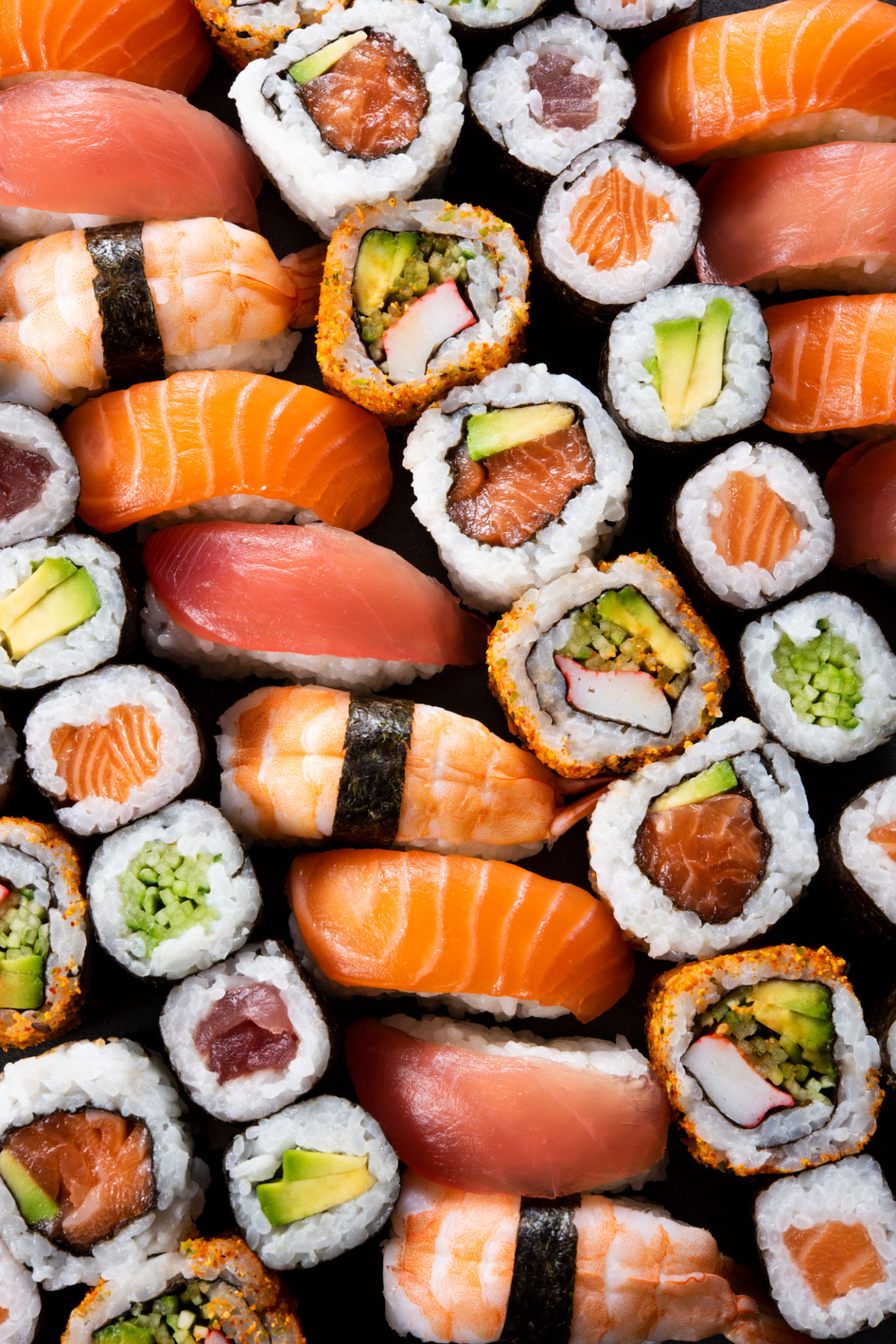The Art of Sushi: A Guide to Japanese Culinary Excellence
The Origins of Sushi
The history of sushi is as rich and layered as the flavors found in this iconic dish. Originating in Southeast Asia, the concept of preserving fish in fermented rice dates back centuries. However, the sushi we know today began to take shape during the Edo period in Japan. This period saw the transition to using fresh fish with vinegared rice, a practice that quickly captured the hearts and palates of many.

Understanding the Types of Sushi
Sushi comes in various forms, each with its unique preparation and presentation. Some of the most popular types include:
- Nigiri: Hand-formed rice topped with a slice of fish or seafood.
- Maki: Rolled sushi wrapped in seaweed, often containing fish, vegetables, and rice.
- Sashimi: Thinly sliced raw fish served without rice, highlighting the fish's pure flavors.
- Temaki: Cone-shaped hand rolls filled with sushi rice and ingredients.
Each type offers a distinct experience, allowing diners to savor the diverse textures and tastes of Japanese cuisine.
The Essential Ingredients
The quality of sushi is heavily reliant on the ingredients used. Among the essentials are:
- Rice: Short-grain Japanese rice seasoned with vinegar, sugar, and salt forms the base of sushi.
- Fish: Freshness is paramount, with popular choices including tuna, salmon, and eel.
- Nori: Seaweed sheets that add a savory layer and hold sushi together.
- Wasabi: A spicy condiment that provides a sharp contrast to the mild flavors of the fish.

The Art of Sushi-Making
Crafting sushi is a skill honed over years of practice. Sushi chefs, known as Itamae, undergo rigorous training to perfect their techniques. The process requires precision and attention to detail, from slicing fish to shaping rice. It's this dedication that transforms simple ingredients into culinary masterpieces.
The aesthetic aspect is equally important, with chefs often creating visually stunning presentations that reflect Japanese artistry and elegance.
Sushi Etiquette: Dining with Respect
When enjoying sushi, there are certain etiquette rules to follow to show respect for the chef’s work and cultural traditions. Here are a few tips:
- Use your hands or chopsticks for eating sushi, but sashimi is typically eaten with chopsticks.
- Dip the fish side into soy sauce, not the rice, to prevent overpowering the flavor.
- Enjoy ginger as a palate cleanser between different types of sushi.

The Global Influence of Sushi
Today, sushi has transcended its origins and become a global phenomenon. From high-end restaurants to casual eateries, sushi is enjoyed worldwide. This widespread popularity has led to innovative fusion styles that blend traditional Japanese methods with local cuisines.
Despite these adaptations, authentic sushi continues to be celebrated for its delicate balance of flavors and meticulous craftsmanship.
The Health Benefits of Sushi
Sushi is not only delicious but also offers numerous health benefits. The combination of fish, rice, and vegetables creates a balanced meal rich in nutrients. Fish provides omega-3 fatty acids, known for supporting heart health and brain function. The use of vinegar in the rice can aid digestion and provide antimicrobial properties.

Conclusion: Embracing Sushi Culture
Whether you're a seasoned enthusiast or new to Japanese cuisine, exploring the art of sushi is a journey worth taking. By understanding its history, appreciating its preparation, and respecting its traditions, you can fully immerse yourself in this exquisite culinary art form. Sushi is more than just food; it's an experience that continues to captivate people around the world.
